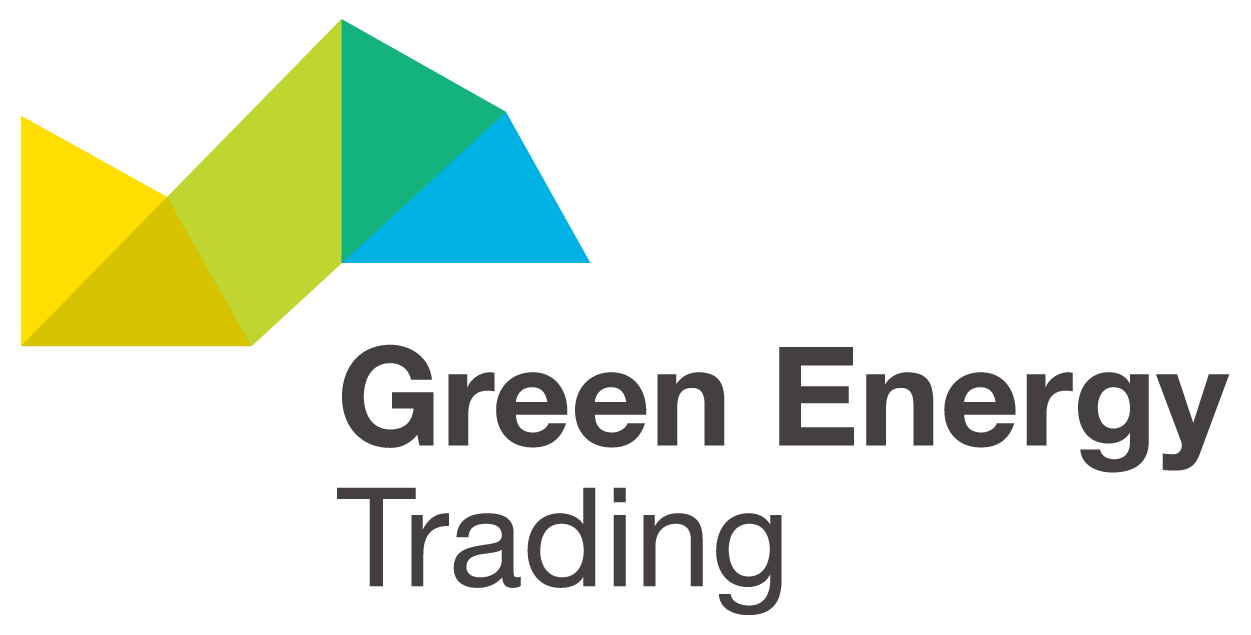Renewable energy could run 70% of Australian homes
Australia’s renewable energy sector is within striking distance of matching national household power consumption, cranking out enough electricity to run 70% of homes last financial year, new figures show.
The first Australian Renewable Energy Index, produced by Green Energy Markets, finds the sector will generate enough power to run 90% of homes once wind and solar projects under construction in 2016-17 are completed.
The index, funded by GetUp through supporter donations, underlines the advance of renewables, despite Australia’s electricity markets still leaning heavily on carbon-emitting coal and gas-fired generation.
Renewables, which made up just 7% of national electricity output a decade ago, accounted for 17.2% last financial year. This jumped to 18.8% last month.
This is saving the power sector from carbon pollution equivalent to taking more than half of all cars in Australia off the road, according to Green Energy Markets.
The biggest single source of renewable power remained hydro-electricity (40%), followed by wind (31%) and rooftop solar (18%), the index found.
Less than 2% came from large solar farms, suggesting the best is yet to come from this arm of the renewables industry which has an array of large-scale projects underway.
Green Energy Markets analyst Tristan Edis said the emergence of renewables, in particular wind and solar, as a “significant source of power” had ushered in a “construction jobs and investment boom”.
“The renewable energy sector has staged a remarkable recovery, after investment completely dried-up under former prime minister Tony Abbott,” Edis said.
He said investors had “recovered their confidence under Malcolm Turnbull”, with help also from “a range of state government initiatives”.
Edis said the renewables sector was on track to meet the federal government’s renewable energy target of 20% of total generation by 2020 over a year early, by the end of 2018.
However, the renewable jobs boom underpinned by the RET could “soon turn to bust”, he said.
Renewable investment beyond the RET risked collapsing without the Turnbull government moving forward on chief scientist Alan Finkel’s recommendation for a future “clean energy target”, he said.
At least 46 large-scale energy projects under construction by the end of June were providing enough work to employ 8,868 people full-time for a year. This figure had surged to 10,000 by July. Most jobs were in NSW (3,018), thanks largely to wind farms, while Queensland (2,625) was next, with 70% of its jobs coming from solar farms.
Rooftop solar installations supported a further 3,769 full-time jobs across Australia in 2016-17.
With most projects underway in Queensland, large solar farms still generated less than 2% of renewable energy in 2016-17, the index found.
Generation from rooftop solar, which was “back in 2008 little more than a rounding error”, had “grown spectacularly”, Edis said.
More than 150,000 systems installed in the last year alone would produce enough energy for 226,000 homes, he said.
“Meanwhile these solar systems will also save consumers $1.5 billion off their electricity bills over the next 10 years.”
Miriam Lyons, GetUp’s energy campaigns director, said that “everyday Australians are voting with their rooftops” in a move that “heralds the end of the era of big polluting energy companies dominating the market and manipulating prices to fill their own pockets”.
“Who do we have to thank for the renewables boom? Certainly not the federal government,” she said.
“Instead we can thank the thousands of everyday Australians who stood up and defended the national [RET] from Tony Abbott’s attacks, who saved [the Australian Renewable Energy Agency] from federal government budget cuts, and who pushed their state governments into showing some leadership on clean energy.”
The Australian Renewable Energy Index will be published monthly.
